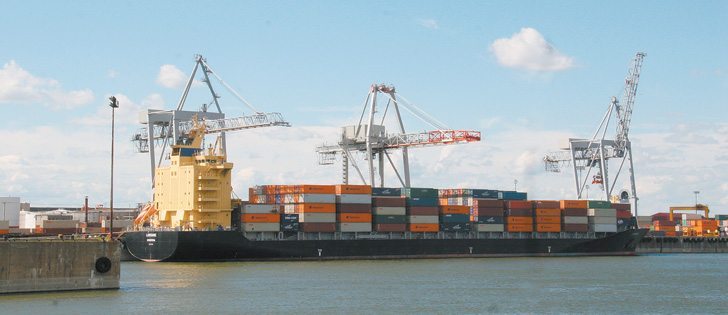Amid a changing Canadian population and calls for policies that place new emphasis on local food production, researchers are beginning to ask questions about practices that could address food concerns of new immigrant and refugee communities and create new market opportunities for producers.
Researchers say the questions are timely. Projections peg the percentage of Canada’s foreign-born and visible minorities growing over the next generation to more than one-quarter of the Canadian population.
That’s motivated Jim Brandle and his colleagues at the Vineland Research and Innovation Centre, a horticultural science station in Ontario’s Niagara region, to examine the potential for world crops in that province to feed growing communities from China, the Philippines and India.
Read Also

Invigor Gold variety viewed as threat to condiment mustard
Invigor Gold, the canola-quality mustard developed by BASF, is on a collision course with Canada’s condiment mustard industry. It’s difficult to see how the two can co-exist.
Researchers there have tackled this project on a few fronts, including a survey of immigrants’ vegetable consumption, which has mostly been met with imported produce.
They’ve identified opportunities for producers to make inroads into markets worth hundreds of millions of dollars. That study has helped the group to better understand the taste and quality demands of consumers and led to varietal trials on crops like okra, yard long beans, Asian eggplants, amaranth and fuzzy melons.
“Lentils are the same idea only more export oriented,” said Brandle. “That’s a huge success.”
The majority of those communities will be centred in Canada’s largest urban centres, but demographics are shifting in other parts of the country, including the Prairies.
Saskatchewan, for example, has seen an increasing flow of immigrants into the province, including an influx from the Philippines.
Those new residents face a number of language and employment challenges, said Hassan Vatanparast of the University of Saskatchewan’s college of pharmacy and nutrition.
Refugees, arriving in the country with fewer resources, are more vulnerable and their ability to acquire adequate nutrition is more in doubt.
With recently announced funding, Vatanparast will head a project, working with researchers in Iran and Canada and local and international agencies, to identify policy solutions for resettlement programs that will ease the transition, assist in health literacy and improve the nutrition of these communities along the way.
Earlier this year, a UN report condemned Canadian policy, citing high poverty and obesity rates and data showing as many as 800,000 households are “food insecure.”
It recommended solutions, including a move toward smaller farms and local food production, which has put some agricultural groups on the defensive.
In Ontario, Brandle said researchers have had positive results with trials and see potential for world crops to contribute to a $2 billion horticulture industry in a province that already receives big contributions from more than 120,000 acres of field vegetables or about half of all production in Canada.
Details of the centre’s world crops project will be released in September and further work will examine production costs and efficiencies and test crops in other environments.
















